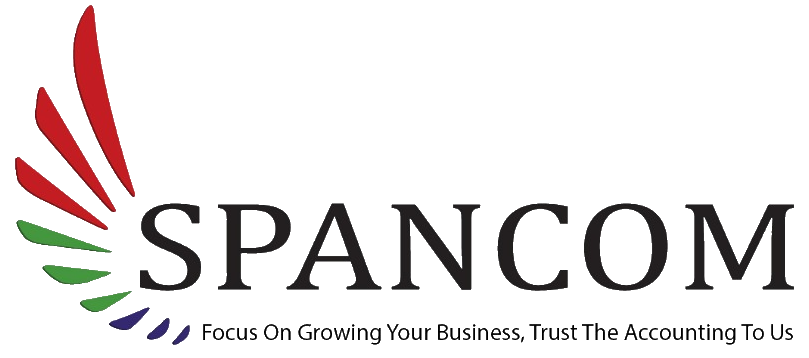The next step involves Assessment of risks, where the auditor evaluates the organizational risks associated with the company. By obtaining knowledge and having relevant skills, the auditor can point out the exact sector of the company where the risk is highest and can detect it. After the assessment of risks, it is the auditor’s responsibility to understand the nature of these risks and the impact that they could have on the company. The assessment of risk takes place while developing an internal audit plan for the company as a revised plan can identify new risks associated with the company.This step helps the auditor in differentiating between a high risk and low risk sector.
Step 3:
The third step includes performing the risk-based audit. This step involves the process of actually auditing the risk- based internal factors. After carrying out all the risk assessment procedures, the audit plan comes into action at this very step. The auditing of all the areas is executed and a proper structure of risk management is maintained. More time is given to the areas which are affected by high risks whereas the lower risk areas will not need that much time. And according to their observations, they draft the report regarding the flaws they detected.
Step 4:
The last step in the risk-based internal auditing approach involves keeping a track on any modifications in risks and following up. This technique of auditing requires continuous attention of the auditor and thorough monitoring. The risks associated with the company varies according to the changing needs and the changing of dynamic environment of the organization. Therefore, it is the auditor’s responsibility to keep an eye on any fluctuations or modifications that might occur during the procedure of risk-based internal auditing strategy.
A risk-based internal auditing approach has several benefits for a company to make it efficient and resourceful. Using this risk-based approach, the auditors will select the best possible strategy for the success of the company.
